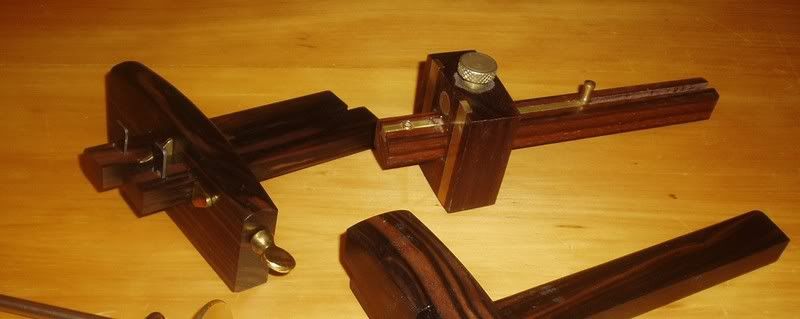Terryc
Member
Hi everyone,
Can anyone tell how to set up a mortice guage accurately. Adjusting the spurs to the chisel width is simple, but how do you then set the stock on the gauge so that the scribed mortice is centred on the wood. I have managed in the past purely by trial and error, but I've always thought that there must be a more professional way. Any help would be appreciated.
Can anyone tell how to set up a mortice guage accurately. Adjusting the spurs to the chisel width is simple, but how do you then set the stock on the gauge so that the scribed mortice is centred on the wood. I have managed in the past purely by trial and error, but I've always thought that there must be a more professional way. Any help would be appreciated.

































